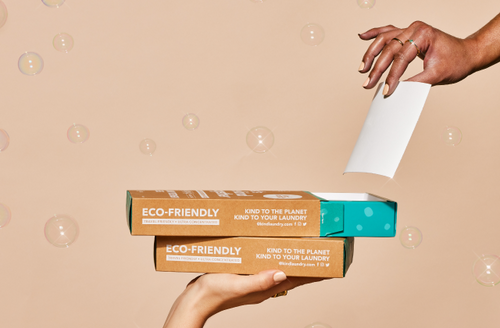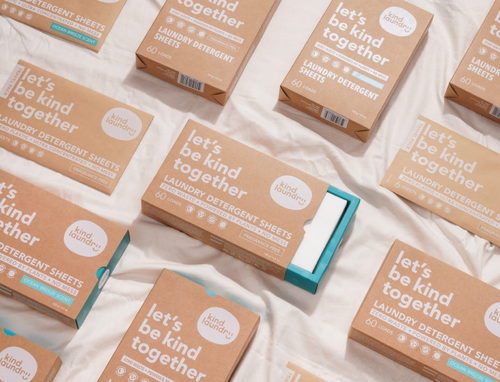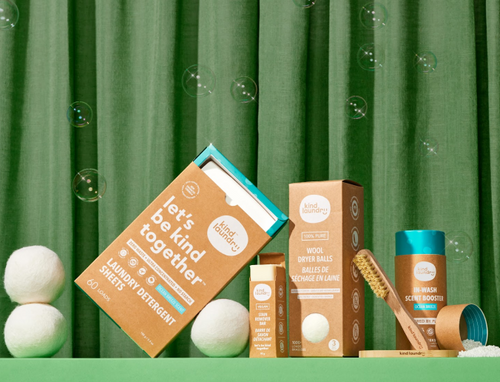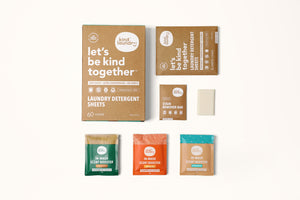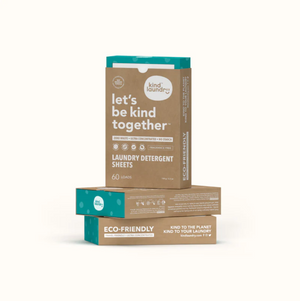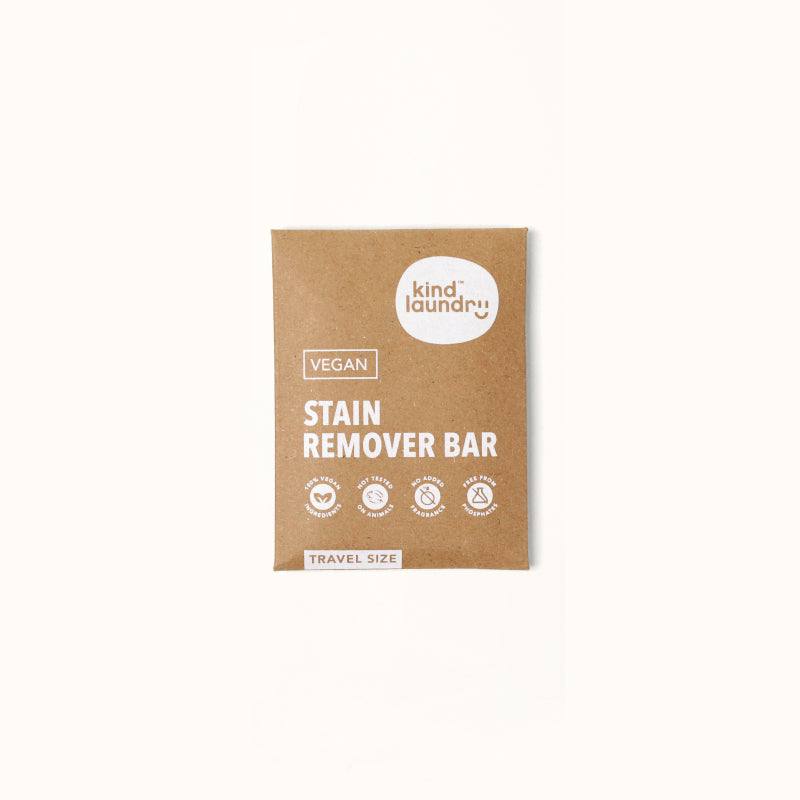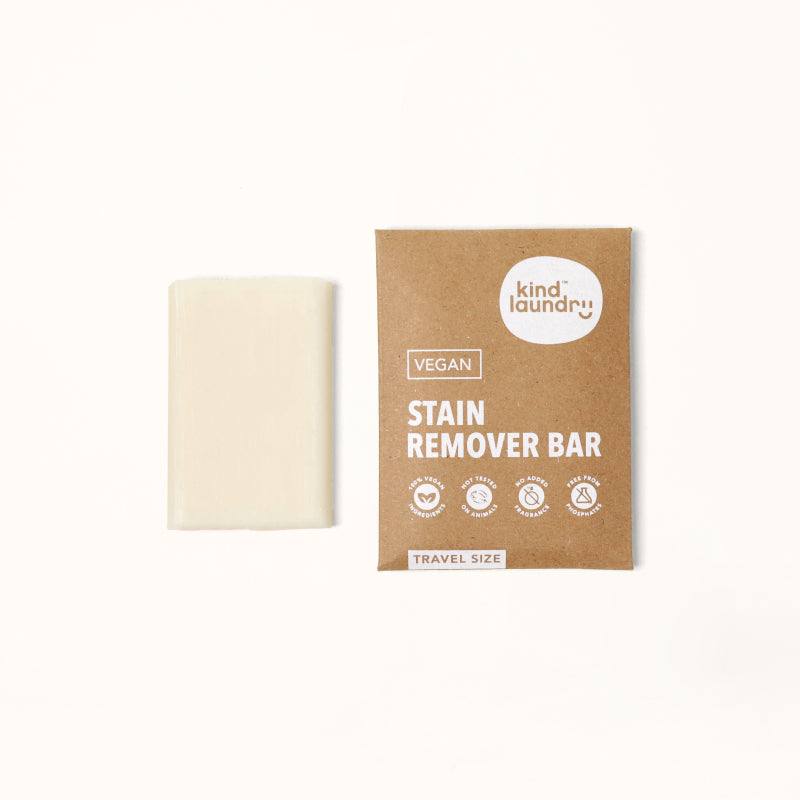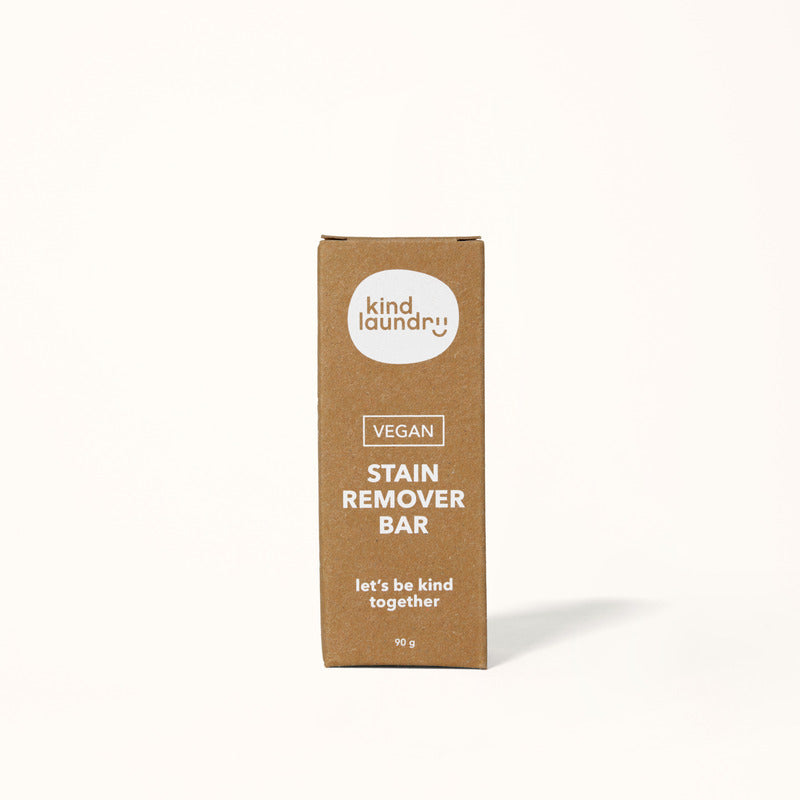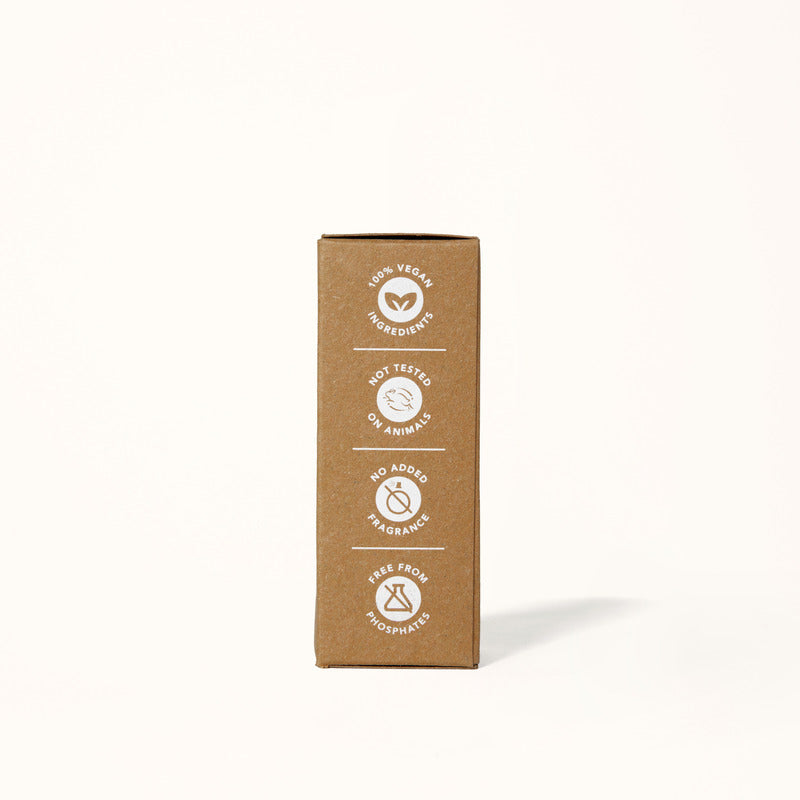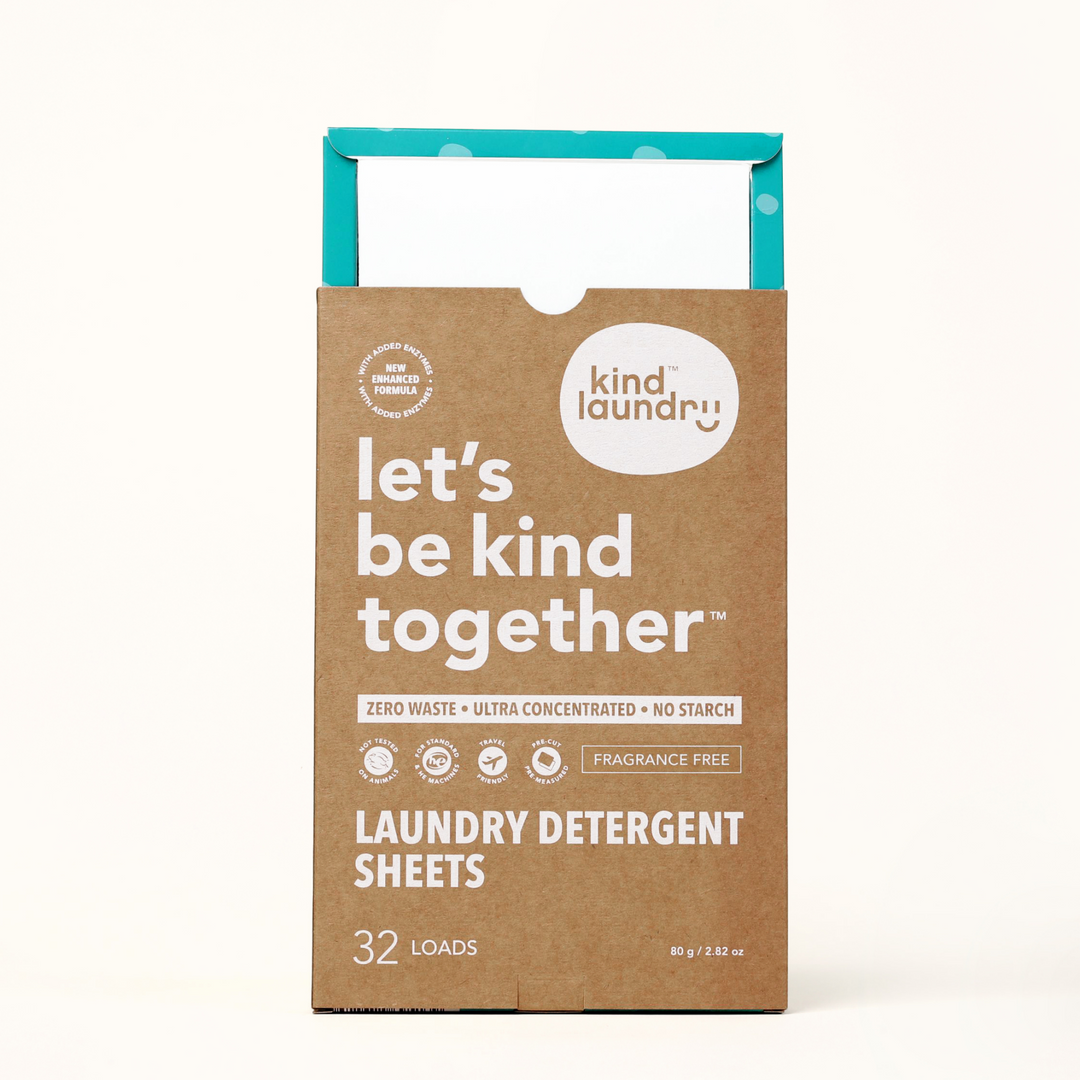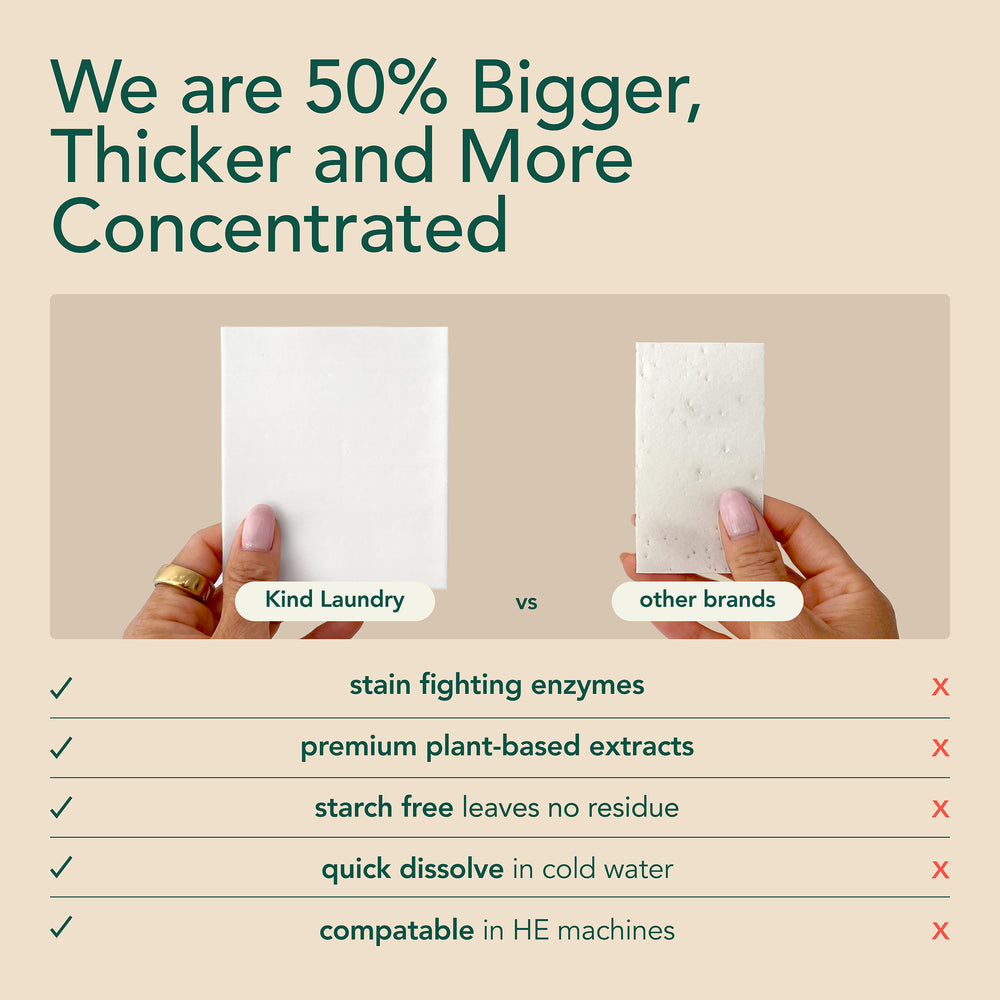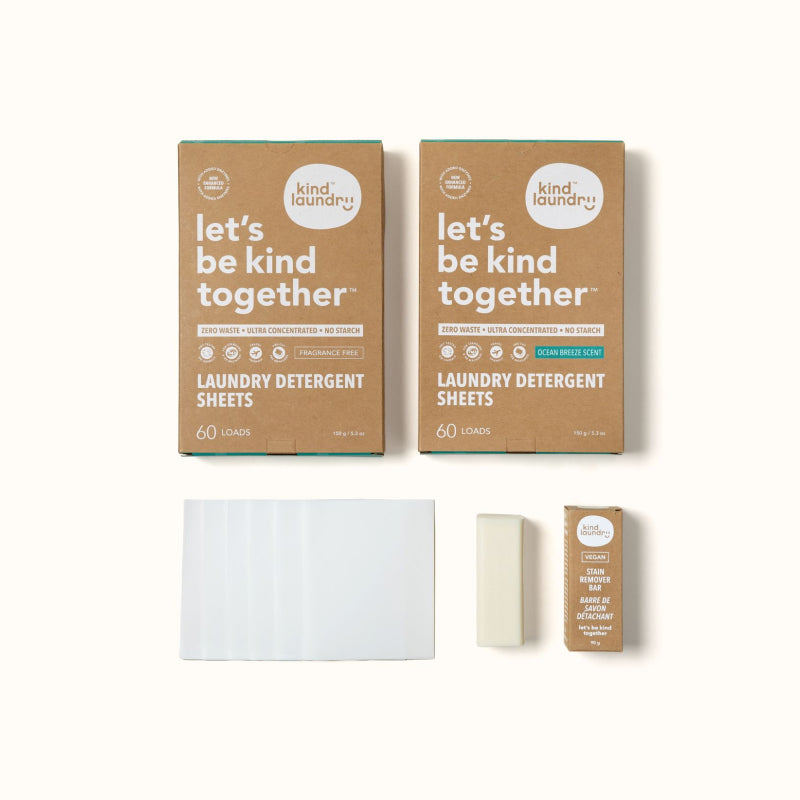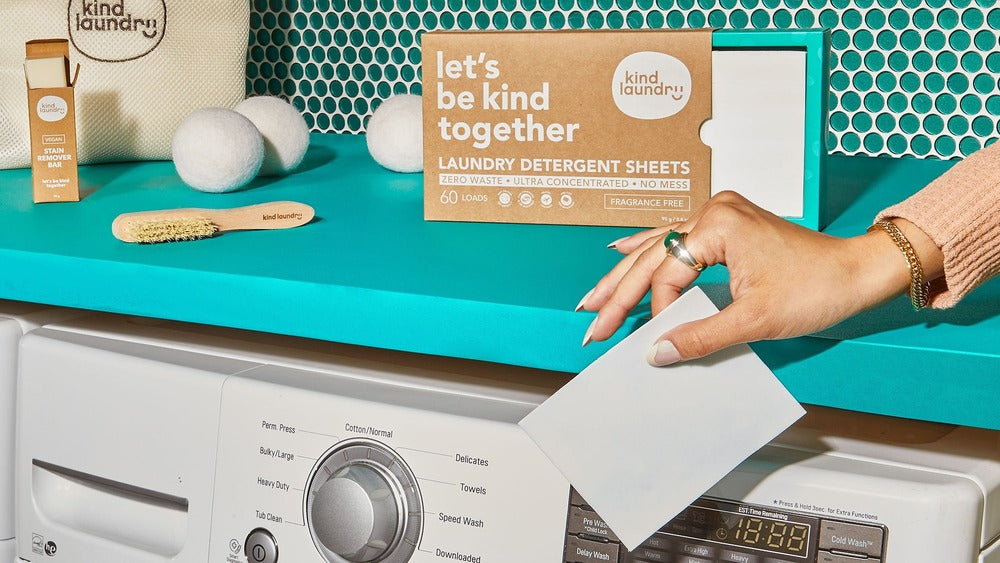The best way to clean ink from clothes is to avoid having one in the first place. Unfortunately, that is easier said than done. Often, we don’t even know how they happen.
➢ You’re picking your kids up from school and see marker all over their new shirt…
➢ You notice right before your meeting that your favorite blouse has pen streaked across the front…
➢ You find your toddler holding an uncapped Sharpie and…
Yep, chances are high you’re going to be asking yourself how to clean ink from clothes.
Not all ink is created equal
The first thing to recognize is that you’ll need to treat the stain differently depending on what kind of ink it is.
The ink from a ballpoint pen tends to be oily and a bit thicker. When you’re trying to clean ink from clothes from a ballpoint pen, you’re attacking both dye and grease.
If it’s water-based ink you’re trying to remove, count yourself lucky! This is going to be the ink from markers and gel pens, and it's a thinner non-greasy formula, so you’ll have the best success removing water-based ink from your clothes.
And then there’s permanent ink. Ugh… this is the one that strikes fear in the heart of every parent, and for a good reason. It is the most difficult type of ink stain to remove, but it is possible!
How to clean a fresh ink stain from clothes
Ideally, you’ll be able to remove that ink right away. I know not everyone is that lucky, but you’ll have much better luck removing the ink while it’s still wet – once it’s dried, it’s a different game.

For ink stains that are still fresh:
- Resist the urge to rub it — if you rub, you’re likely to spread the ink into surrounding fibers making it worse.
- Put something absorbent underneath the stain and apply a solvent like rubbing alcohol to saturate the stain. It works by diluting the ink, making it easier to lift out of the fibers. If you’re in a pinch, hand sanitizer or even hairspray can work.
- Blot, don’t rub to lift the ink from the fibers. Keep in mind that whatever you’re blotting with will absorb some of the ink, so don’t use your favorite kitchen towel for this.
- Rinse with cool water, apply a stain remover bar and wash on the hottest setting recommended for the garment with color-safe bleach. Make sure the stain is completely gone before tossing it in the dryer.
Be aware solvents may also affect the fabric dyes, which may be irreversible. You should always test it first on a small inconspicuous area of the garment.
Removing different types of ink stains from your clothes
If the ink has dried, you might need to take a different approach to remove it. Depending on what type of ink it is, there are different methods to try.
Ballpoint Pens
Fresh ballpoint is the easiest to remove, but following these steps can work for older stains as well.
- Apply rubbing alcohol, making sure to saturate the ink stain, and then blot (don’t rub!) the stain. You can continue this process until the ink is removed.
- If it is a larger area, or for stubborn stains, you can soak it for up to 15 minutes in rubbing alcohol to break down the ink. Continue to blot until the ink is no longer lifting.
- Rince the stain, apply a stain remover bar and wash with color-safe bleach. Make sure to check if the stain is removed before throwing it in the dryer. If it’s still there, try treating the stain again.
Felt-tip Pens
Flush the stain under cold water to remove as much ink as possible.
Next, you’ll soak the garment in hot water with liquid detergent and a few splashes of ammonia. Let it soak for at least 30 minutes, you can periodically rub the stain with your fingers to help it progress. If it’s still struggling you can always add a bit more ammonia.
Permanent Marker

This is our least favorite ink… but hope is not lost! You may have success with the methods listed above (and you should try them!) but, if you’re still not having any luck, here are a couple of other options for you.
- Nail polish remover with acetone is often effective at removing permanent markers, but it is likely to damage fabrics. If you decide to try it, we strongly suggest you test it on a hidden spot of the garment first, and be sure to rinse out the nail polish remover before you put your clothes in the washing machine.
- Methylated Spirits (aka Denatured Alcohol) is another type of solvent you can try. It’s available at hardware stores and can work well for cutting through grease and dyes. Just be careful to do a spot test on the garment first. It can also leave a ring on the clothing, so make sure you blot it out well and rinse before washing.
If you’ve tried all the above and nothing has worked, you could:
- Consider dying your shirt or jeans a darker color like blue or black to hide that stain.
- If it’s jeans, perhaps you can give them a distressed look, add a patch, or cut them down to jorts.
- For stains on a long sleeve shirt, consider altering it to become a short sleeve or tank top.
What about ink stains around the house?
Ink stains aren't limited to our clothes. If you have an ink stain in other areas of your home, consider these tips:
To remove ink stains from carpet: dab with rubbing alcohol. Remember to saturate the stain, and blot, don’t rub!
You can also try oxygen bleach or color-safe bleach, but do not use chlorine bleach as it is permanent.
To remove ink stains from wood: make a paste from baking soda and water. Use a rag to rub in on the stain. Once it’s removed, wipe up any residue.
You can also try pouring rubbing alcohol on a cleaning cloth and dabbing the stain, but it can cause damage to different finishes. Stop if you notice a wood-colored discoloration on your cloth.
As with any cleaning product, please do a spot test first in an inconspicuous area.
With quick action and a lot of patience, you can clean ink from clothes, and from around your house.
Oh, and if you ever accidentally leave a pen in your laundry and it bursts in the washer, just clean out the drum with a rag and some rubbing alcohol. But whatever you do: do not wash another load before removing the ink!
At Kind Laundry, we strive to make laundry kind to your clothes, and kind to our planet. So keep in mind that it’s best to use the least invasive methods and stick to non-toxic stain removers whenever possible.
